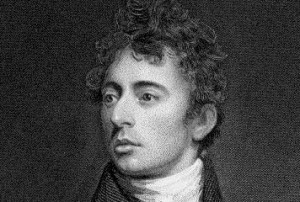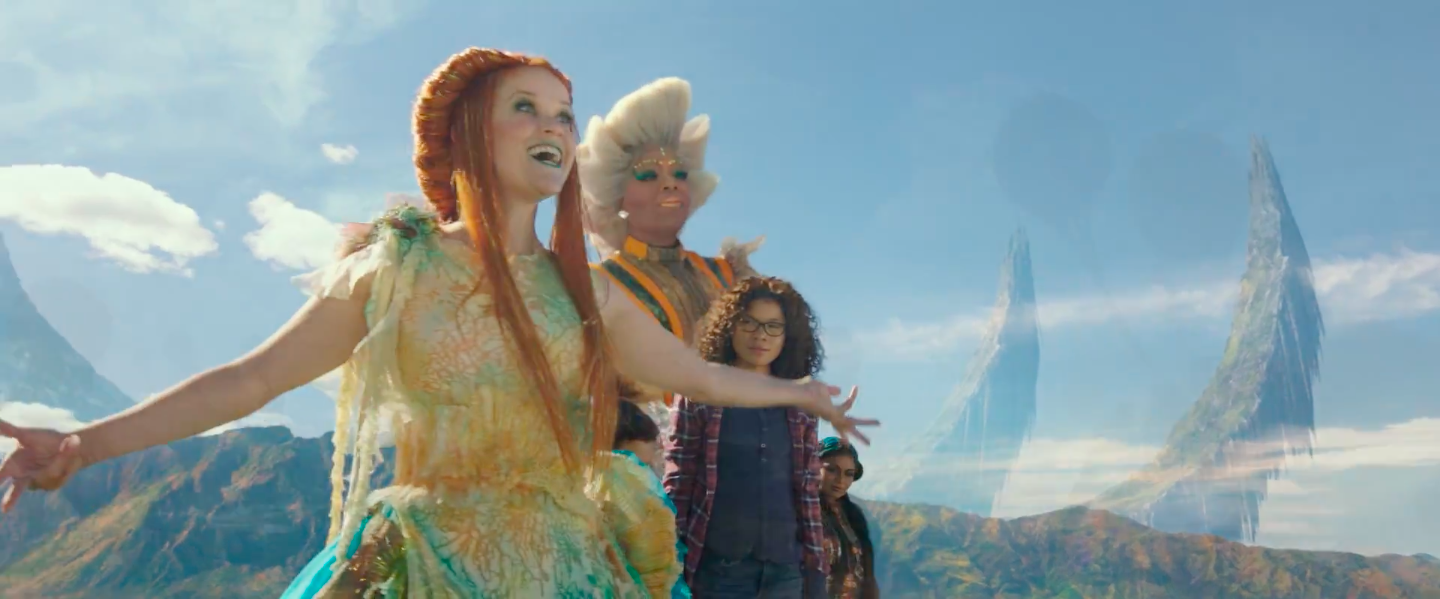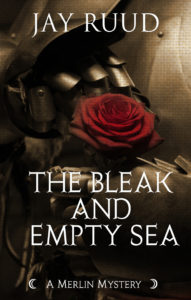A Wrinkle in Time
Ava DuVernay (2018)

Madeleine L’Engle’s beloved young adult classic, winner of the Newberry Award upon its publication in 1962, was my wife’s favorite book as a child, so I knew very well that no matter what, we would be seeing Disney’s new film version of the novel this weekend. Besides, I’ll go anywhere to see Reese Witherspoon in action, so you could count on us being there, popcorn in hand, at the early show in Conway.
The science-fiction/fantasy novel still appeals to children today, and there were a good many of them in the theater. What’s not to like? It’s the story of a middle-school aged girl Meg Murry (played here by Storm Reid of Twelve Years a Slave) who, in addition to the conventional middle-school anxieties about self-worth and social acceptance also happens to have a father who disappeared four years ago. Her father (Chris Pine of Star Trek and Wonder Woman) and her mother (Gugu Mbatha-Raw of Belle and Beauty and the Beast) are physicists who have discovered a means of traveling across galaxies by bending time and space through a method called tessering, and her father has rashly tried this himself and disappeared. Meg’s little brother, the precocious genius Charles Wallace (Deric McCabre, previously seen in last year’s Stephanie), convinces Meg and her friend Calvin (Levi Miller of Pan and Jasper Jones) to follow three otherworldly guides—the quirky Mrs. Whatsit (Witherspoon), the walking book of familiar quotations called Mrs. Who (Mindy Kaling of TV’s The Office and The Mindy Project), and the imperious Mrs. Which (Oprah Winfrey). The three Mrs. have traced a call for help from somewhere in space to its target—the Murrys’ house—and, since the call can only have come from Meg and Charles Wallace’s father, the children agree to follow the supernatural guides on a quest across the universe to find their lost father. Through the process of tessering, they travel to several planets, some magnificently colorful, some dark and full of evil, and it will be up to Meg to find within herself the qualities it will take to defeat a powerful evil and bring her father back to earth.
It’s easy to see the appeal of this story for young adults, especially girls; It follows the archetypal quest pattern, while at the same time presenting an initiation story in which the quest becomes not only a search for a prize—in this case the father—but also the protagonist’s search for identity, a quest for self, defined in part by actually finding the father, one of the poles of her own identity. It’s the kind of mythic story that formed the core of the appeal of the original Star Wars or of The Lord of the Rings. L’Engle provides the atypical twist of making the protagonist a 13-year old girl, and replacing the traditional “wise old man” figure, the Obi-wan or Gandalf, with those celestial female guides, creating a story of female agency that becomes perhaps even timelier today than when it was originally published in 1962. In adapting it for the screen, African-American director Ava DuVernay (Selma, 13th) made Meg a mixed-race child, and cast Mrs. Whatsit, Mrs. Who and Mrs. Which as a white American, and Asian American, and an African American respectively, giving the film a subtext of inclusiveness and contemporary social relevance.
In adapting the film to current sensibilities, and thus perhaps hoping to ride some of the success of the wave coming out of Hollywood created by the success of Wonder Woman and Black Panther, DuVernay and screenwriters Jennifer Lee (Frozen) and Jeff Stockwell (Bridge to Teribithia) have generally relegated the male characters in the film to passive roles, even though L’Engle had not done so. Pine has nothing to do except wallow about saying how sorry he is. And although the character of Calvin is given a tiny hint of a backstory, that subplot isn’t allowed to go anywhere, and he mainly just watches as Meg solves her problems, occasionally telling her how great she is. Of course, this is usually the role of the woman in most quest adventures, but that doesn’t make Calvin any more interesting as a character here.
The one male character with a significant part to play in this script is Meg’s six-year-old brother, Charles Wallace, whom I’m afraid I found to be a great annoyance in the film. At the risk of making myself unpopular for picking on a little kid, I have to say that young Mr. McCabre made me feel like I was watching a grade-school play, where the point is giving the youngster a little experience on stage, not in producing a realistic performance. It seemed that Charles Wallace was coached in making all the right gestures and having all the right vocal intonations, but came short of actually making any of them seem natural. Charles Wallace is such an important part of this story that miscasting his part is enough in itself to sink the production. Unfortunately, there is more. A whole lot more.
Oprah herself, somewhat surprisingly, is not much better in her role as Mrs. Which, the chief among the intergalactic women. She comes across as essentially emotionless, and when she does speak, it is always with a consciousness that the words she is speaking are VERY IMPORTANT and carry a GREAT DEAL OF WEIGHT and therefore must be pronounced as SLOWLY AND PONDEROUSLY AS IT IS POSSIBLE FOR A HUMAN BEING TO SPEAK. For that matter, that is the tone of the entire movie—in stark contrast to the light touch of L’Engel’s novel: Everything about the film seems intended to be heavy with significance, which translates into heavy-handed, and all of the characters move and speak as if supremely conscious of that intent. The only exceptions are Witherspoon, who has a kind of fey wackiness in her portrayal of Mrs. Whatsit, and Zach Galifianakis (The Hangover, Birdman), who manages to put some life and a bit of humor into a small role as the “Happy Medium.” Otherwise, no one ever cracks a smile. And neither does the audience. The heavy mood affects the pace of the film, which is so slow that you think the actors are never. Going. To finish. A sentence. The film is 109 minutes long, which seem like 190. You’ll be looking at your watch by the end, thinking you need a new battery. That’s if you’re not sleeping. Did anybody bother to edit this movie?
If they did, they cut out the wrong things. I say this because the film’s last half hour or so is a muddle since the writers, or perhaps the editors, have left out things from the book that would explain some of what’s going on. As in the book, the children end up on the evil planet Camazotz, which looks like something out of The Stepford Wives, in which children and mothers all act like automatons. The novel explains why this is, and why Meg’s father is being held prisoner on this planet. The film simply leaves you to wonder, and never tells you why dear old Dad is here at all. SPOILER ALERT: In fact, Dad and Calvin are left out completely in the climactic scene of the film, only to reappear later in a kind of “oh yeah, we made it too, thanks for asking” moment.
A lot of the $100 million plus budget of this film went into the special CGI effects, and some of them are quite lovely, especially scenes on the colorful, flowery first planet visited by the children. But some of the effects just don’t work very well. Mrs. Which, for example, is supposed to be gigantic in the early scenes, but it’s impossible to tell how big she really is—sometimes she looks like she’s just very tall, maybe a few feet taller than the others, and in some other scenes she appears to be King Kong. Some consistency in that area would be nice. Worse are the depictions of the evil being IT, which appears to be simply a mass of gnarled tree branches ($100 million for tree branches? Really?), or the wavy flashes of purple light that apparently glow around you when you are tessering—and sometimes people tesser for a long, long time, apparently so that we can admire the purple flashes for a bit longer. Because no one would think of editing that down to a nifty couple of seconds.
It’s been a long time since I turned to my wife after a movie and said “Boy, did that suck.” I did after seeing this one, and she did not disagree. I’m going to have to give this movie one Robert Southey. Sorry, Reese.
NOW AVAILABLE:
If you like these reviews, you might enjoy Jay Ruud’s most recent novel, now available from the publisher at https://encirclepub.com/product/the-bleak-and-empty-sea/. Also available from Amazon or Barnes and Noble.
When word comes to Camelot that Sir Tristram has died in Brittany of wounds suffered in a skirmish, and that his longtime mistress, La Belle Isolde, Queen of Cornwall, has subsequently died herself of a broken heart, Queen Guinevere and her trusted lady Rosemounde immediately suspect that there is more to the story of the lovers’ deaths than they are being told. It is up to Merlin and his faithful assistant, Gildas of Cornwall, to find the truth behind the myths and half-truths surrounding these untimely deaths. By the time they are finally able to uncover the truth, Gildas and Merlin have lost one companion and are in danger of losing their own lives.
https://www.circologhislandi.net/en/conferenze/ Order from Amazon here: https://www.amazon.com/Bleak-Empty-Sea-Tristram-Mystery/dp/1893035735/ref=sr_1_1?s=books&ie=UTF8&qid=1503328086&sr=1-1&keywords=Bleak+and+Empty+Sea
Order from Barnes and Noble here: https://www.barnesandnoble.com/w/the-bleak-and-empty-sea-jay-ruud/1126958139?ean=9781893035737


